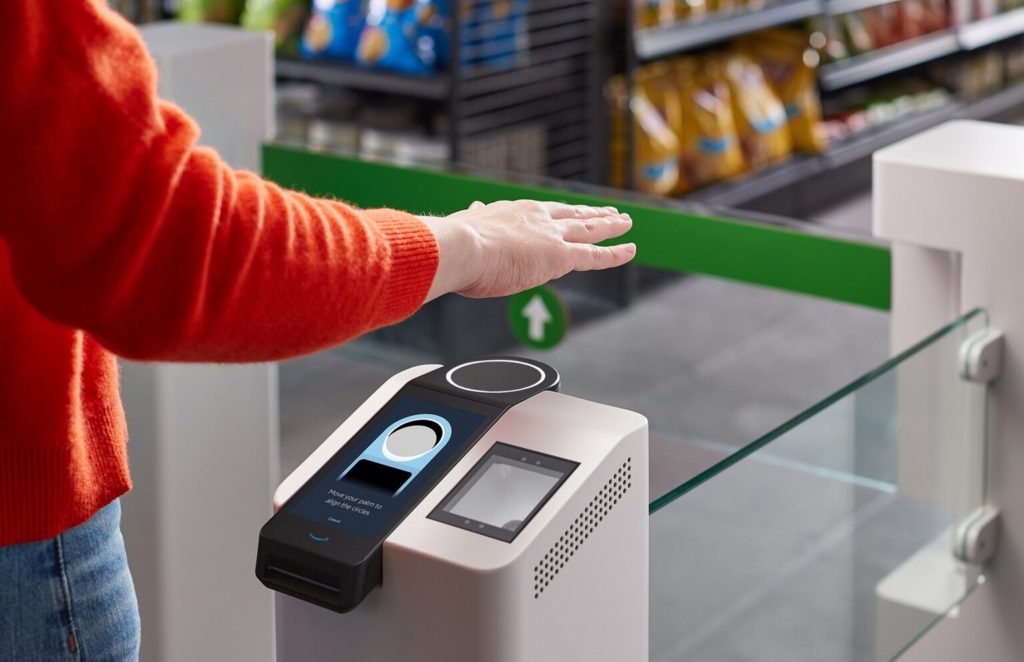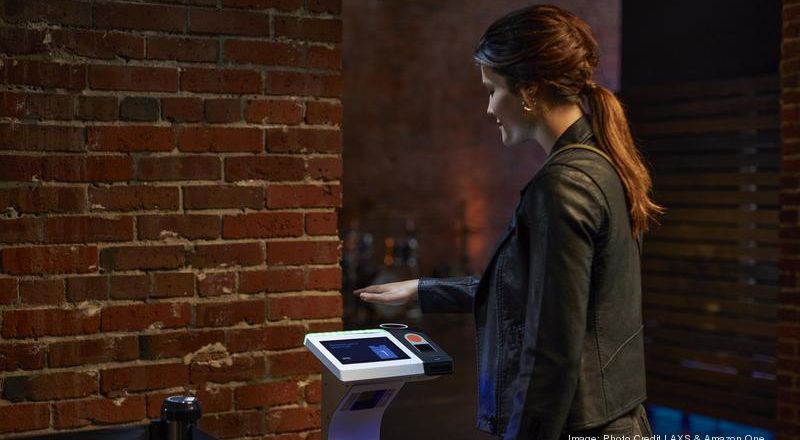Amazon recently developed palm-reading technology that would allow customers to pay with the palms of their hands.
Over the past few years Amazon has expanded its catalog of industry by pushing the boundaries of a typical online marketplace. A few examples include the introduction of Amazon Alexa, the creation of Prime Video, and its newly developed palm-reading technology. Instead of having customers use their phones or credit cards to pay, Amazon intends to use the palms of hands. While the recently-released technology is only available in a few select stores, all within Washington and Colorado, Amazon has already received both push-back and support.
The technology works by capturing the pattern of veins under someone’s skin, which then serves as an identifier to connect to their accounts. Similar to facial recognition and fingerprints, each person’s palm is unique to only themselves. Amazon is claiming that this form of identification is safer and more secure than facial recognition, which can be easily manipulated. It is unclear how true the ineffectiveness of facial recognition is, and whether or not this is simply a method for Amazon to coerce customers into using their new technology.
In what the company is calling Amazon One, this identification system seems to be developing quickly with its own website and slowly-growing Instagram account. Hoping to use the technology in multiple retail environments, Amazon explains how the scanner could be used at the entrance of stadiums or workplaces. There is even an idea in the works to create an alternate payment method in place of credit cards, thus increasing the dependency customers have on Amazon.
Moreover, privacy and security experts are seriously questioning Amazon’s ability to store this biometric information. A customer cannot change their palm like they can a password, which could increase complications in account security. For example, if an account is hacked or passwords are stolen, there are ways to retrieve the accounts and re-secure them. Users can change their passwords or other information to make sure an incident like that doesn’t happen again. However, despite people’s belief that palm scanning is safer than facial recognition, this method of re-securing accounts is not a plausible solution with Amazon One’s technology. People’s fears surrounding facial recognition stem from the idea that if hackers were to access facial recognition data, it makes it easier to track people through web cameras, traffic lights, security cameras, and payment methods. Therefore, it’s easy for Amazon to claim that storing someone’s biometric information in the Cloud and encrypting it will be evidently more secure. However, even in the Cloud, there are still ways to access this biometric information.
Like most Amazon products, the palm-scanning device is clean-cut and modern looking. With its current black tone, it would easily fit in on any store shelf. Slightly resembling a credit card terminal, Amazon One looks new and innovative while bearing aspects of older technology.
This new palm-scanning innovation would eliminate the additional hassle of digging a phone out of a bag or having to search for the correct credit card, ultimately making identification and payment processes smoother. While this new technology would certainly make life easier, is it worth the possible security risks that come with using biometric information? If Amazon One does not take off now, is this technology going to spring up a few years down the road? There are many questions, concerns, and excitement regarding this technology, and Amazon has grown far beyond expectations. However, despite the anxieties surrounding these new developments, it is safe to say that it will be interesting to see what they come up with next.


